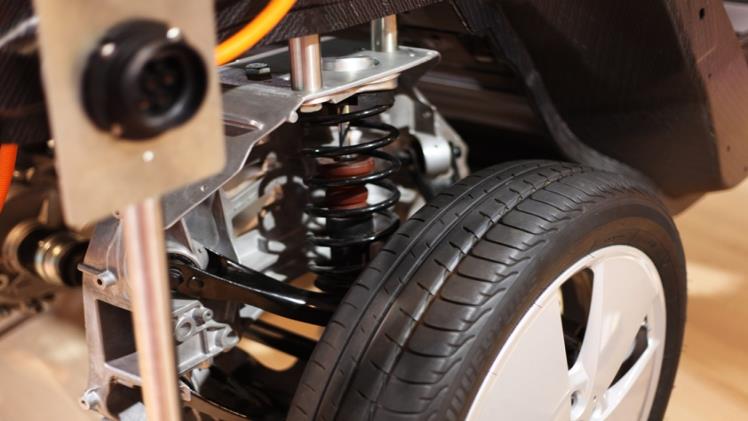Car shocks and struts are an important part of the suspension system that allows a vehicle to absorb bumps on the road and maximize contact between tires and wheels. They also help a vehicle handle better during acceleration, braking and turning. Struts and shocks can become worn out and need to be replaced. But knowing when to replace them can be tricky.
Struts
Car shocks and struts absorbers are crucial to keeping your car safe and comfortable. They absorb bumps, debris, sudden stops, swerving, potholes, wind gusts and sharp turns that might otherwise cause your vehicle to bounce up and down. They also help control a car’s body movement (side-to-side roll, bouncing), contribute to stability as you accelerate, stop and turn and promote even tire wear for longer tire life.
When struts and shock absorbers wear out, they can lose their ability to control your car’s tires and wheels. This can impact steering, handling and braking. If you notice your ride is becoming rougher, your tires are bouncing and fluid is leaking from your shock or strut, you might need to replace them. By having a trained technician assess your vehicle when these problems start to develop, you can avoid serious issues in the future.
Shocks
Shocks and struts are the safety essential elements that keep your vehicle stable, especially during acceleration or braking. When they are worn, shocks and struts can reduce the amount of force your car is able to absorb when driving. Shocks also provide better handling by absorbing bumps, jolts and other road imperfections, providing a more comfortable ride for you and your passengers. They can also help to reduce spring oscillation, preventing damage to your suspension system.
A common indication that you need to replace your shocks or struts is an unusual noise coming from the suspension system, continual bounce or sway during movement, a front-end dip when braking, or leaning or swaying while turning or changing lanes. Other signs of a bad shock or strut include cupping (if your tires are showing this), leaking fluid, and rubber shock covers that are cracked or peeling off.
Springs
Your car’s springs help keep your wheels in contact with the road, allowing you to get a smooth ride. However, the springs can wear out if you drive on rough roads, which can affect your driving experience. Typically, they last about 50,000 to 100,000 miles, depending on how often you drive and how hard you drive it. If you’re a heavy driver or frequently drive on rough roads, your shocks and struts might need to be replaced sooner than that.
Struts are structural components of your vehicle’s steering and suspension system, usually consisting of a coil spring, a shock absorber, and a strut bearing. They’re much stronger than shocks since they’re weight-bearing components, and they help dampen vehicle jolts to improve steering and alignment.
Mounts
Motor mounts, also called engine mounts, are used to secure your car’s engine and transmission to the frame of the vehicle. They also help to absorb vibrations so that you don’t feel them while driving. Typically, cars have three or four engine mounts. Each one is a block of rubber that’s bolted to steel brackets. Suncent auto parts offers the best in replacement parts, automotive accessories, lighting bulbs, and car electronics.
If your mounts wear out, they can cause a lot of engine movement under the throttle and can make your car make more noise than usual. You might also notice more vibrations and more clunks when you shift gears in your car. Some mounts are made of rubber, while others use a stiff polyurethane or fluid to reduce vibrations further. Those in modern vehicles are usually more sophisticated, with fluid-filled mounts absorbing even more vibrations and shock frequencies.
Conclusion
Every car utilizes shocks, struts, and springs to stabilize the vehicle and keep your tires in contact with the road. Shocks and struts absorb bumps, potholes, debris, sudden stops, and sharp turns to help control the side-to-side and front-to-back shifts of your car’s weight. They also add to your ride comfort and promote even tire wear for longer life.

